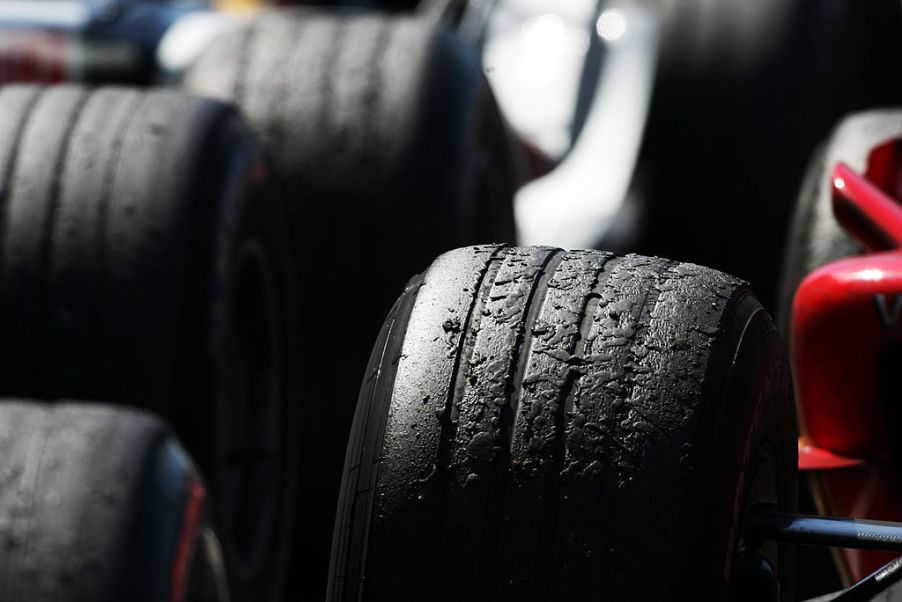
The Scary Way Worn Tires Affect Your Vehicle’s Performance
Tire inspections are an important part of any maintenance routine. Not only will it keep your tires healthy, but it can keep you safe from accidents too. That’s because when your tires get too worn, it can drastically increase your chances of getting into an accident.
Consumer Reports wanted to see why that happens, so it recently did a test comparing a new tire with a worn tire, and the differences between the two were staggering.
What’s a worn tire?
Consumer Reports mentioned that a tire tread that had a depth of 4/32 inch was considered worn and potentially dangerous. For reference, a new tire has a tread depth of about 10/32 inch.
These are some very small numbers to work with, but Consumer Reports has an easy test to figure out if your tire treads are too worn. Get a quarter and place it into one of your tire’s tread grooves with George Washington’s head facing down. If you can see the top of his head, then that means that your tire has reached a depth of 4/32 inch and that is potentially dangerous.
The test
Consumer Reports took 23 different brand-new tires and tested their braking ability on a wet road. Then the researchers shaved off those tires to a depth of 4/32 inch to simulate a worn tire. The researchers also tested tires after a 16,000-mile test drive to make sure that its data was accurate.
As expected, the brand-new tires were able to come to a full stop much sooner than the worn-out tires could. On average, according to Consumer Reports, the worn-out tires needed 13% more feet to come to a full stop than the brand-new versions. The tires that came from the 16,000-mile test drive also took much longer to come to a full stop.
However, Consumer Reports mentions that not all tire brands are the same. Some brands performed better than others, even when the tires were worn. For example, the Michelin Premier A/S tires needed 137-ft to come to a full stop when brand new. When worn down to dangerous levels, these tires still only needed 140-ft to come to a full stop.
On the other end of that scale, the Yokohama Avid Ascend (V) tires performed the worst at this wet braking test. The new tires came to a full stop at 156-ft. However, the worn tires came to a full stop at a massive 207-ft, a 51-ft difference.
The implications
When it comes to braking, you want your car to come to a full stop as soon as it can. But with worn tires, that’ll take longer. Thus, it’ll make driving less safe for you and your car.
As mentioned earlier, some brands and models of tires performed better than others, so be sure to check Consumer Reports’s study to see how a certain tire performed. Also, be aware that tire treads will naturally get worn with use. There’s nothing you can do about that other than to replace your tires when they get too worn.
Consumer Reports recommends you consider replacing your tires if the tread depth is lower than 4/32 inch. However, it also mentioned that if your tread depth got to 2/32 inch, then you definitely have to replace those tires.
The difference in braking ability between a new tire and a tire with a tread depth of 4/32 inch is huge enough. Imagine how terrible a tire with a tread depth of 2/32 inch would be.
That said, Consumer Reports also mentioned that most tires will last years before getting to a tread depth of 4/32 inch. That doesn’t mean you should ignore checking your tread depths though, because if you do, then the results can be very dangerous.



